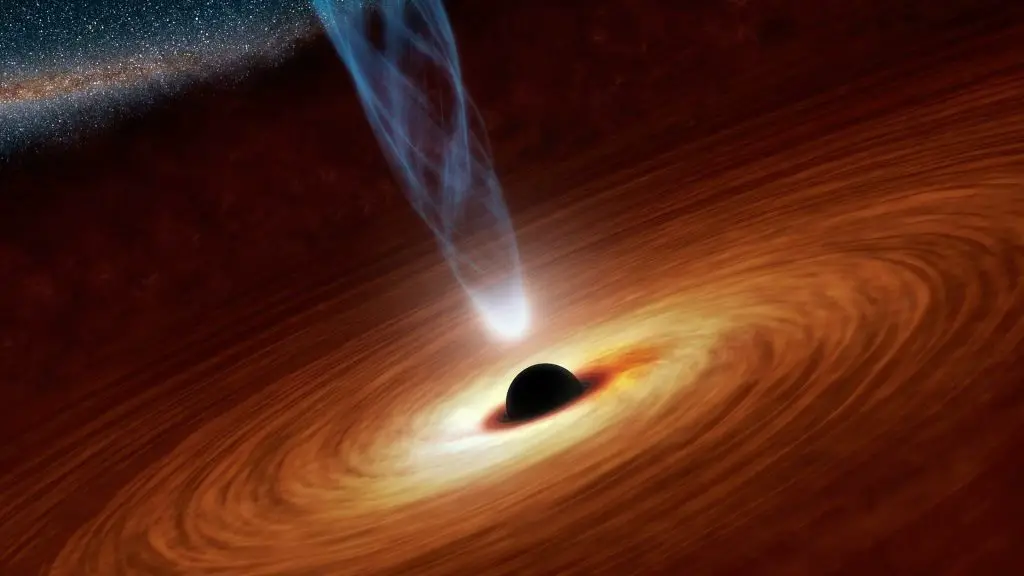Astronomers at the University of Florida recently discovered that hundreds of millions of planets in the Milky Way orbiting around dwarf stars could provide a habitable environment for life to thrive on. Data provided by NASA’s Kepler and Gaia telescopes revealed that these planets occupy the Goldilocks orbits of their host dwarf stars which enables them to overcome strong tidal forces and have liquid water.
How Dwarf Stars Provide Habitable Zones for Hundreds of Millions of Planets in the milky way
Our beautiful sun that sustains life on Earth is not the most common star in the Milky Way galaxy. In fact, the most common stars in our home galaxy are dwarf stars which are cooler and smaller than our sun. Astronomers have discovered billions of planets in the Milky Way orbiting around these dwarf stars. These planets need to orbit very close to their host dwarf stars to capture enough heat in order to be habitable. This closeness to their host stars exposes them to extreme tidal forces.
In a new study obtained from the latest telescope data, the University of Florida astronomers found that two-thirds of these planets orbiting around small stars could have been affected by their tidal forces. However, these extreme tidal forces did not affect hundreds of millions of planets in the Milky Way. This implies that millions of planets that are in a Goldilocks orbit of their host stars could possibly have liquid water and host life as well.
In this new study, University astronomy professor Sarah Ballard and Doctoral student Sheila Sagear published their discoveries in the Proceedings of the National Academy of Sciences on May 29, explaining the outcome of the study. Ballard and Sagear have been studying exoplanets for a while now. Hence, they are highly experienced in analyzing worlds that move around stars instead of the sun.
“I think this result is really important for the next decade of exoplanet research because eyes are shifting toward this population of stars,” Sagear said. “These stars are excellent targets to look for small planets in an orbit where it’s conceivable that water might be liquid and therefore the planet might be habitable.”
How the Astronomers Came Up With this Discovery
Astronomers often deploy several tactics to make any scientific discovery. Sagear and Ballard made the latest discovery by measuring the eccentricity of a sample of more than 150 planets orbiting M dwarf stars. These planets are about the size of Jupiter. Astronomers discovered that the more oval-shaped an orbit appears, the more its eccentricity.
This implies that if a planet orbits closer to its host star maintaining the distance Mercury orbits the Sun, an eccentric orbit can expose the celestial body to a process referred to as tidal heating. Hence, as the planet moves around the star, it will experience stretching and deformation by transforming gravitational forces on its irregular orbit. This makes friction heat the planet. If the planet is moving at an extreme end, it could lose all its liquid water.
“It’s only for these small stars that the zone of habitability is close enough for these tidal forces to be relevant,” Ballard said.
In addition, Sagear and Ballard used the data obtained from NASA’s Kepler telescopes to learn how long it takes planets to move across the face of their host stars. The astronomers also used data gotten from the Gaia telescope to measure the distance to billions of stars in the Milky Way.
“The distance is really the key piece of information we were missing before that allows us to do this analysis now,” Sagear said.
The Astronomers discovered that stars with several planets stand the chance of having the type of circular orbits that allows them to have liquid water. Hence, stars with only one planet have a greater chance of experiencing tidal extreme forces which could bake its surface. This fascinating discovery surely changes the way we see planets orbiting around dwarf stars.
Conclusion
Astronomers recently discovered that one-third of the planets orbiting around dwarf stars in the Milky Way have the potential to host life and retain liquid water. This means that we are slowly moving closer to finding life outside the solar system. What do you think about this fascinating study?





